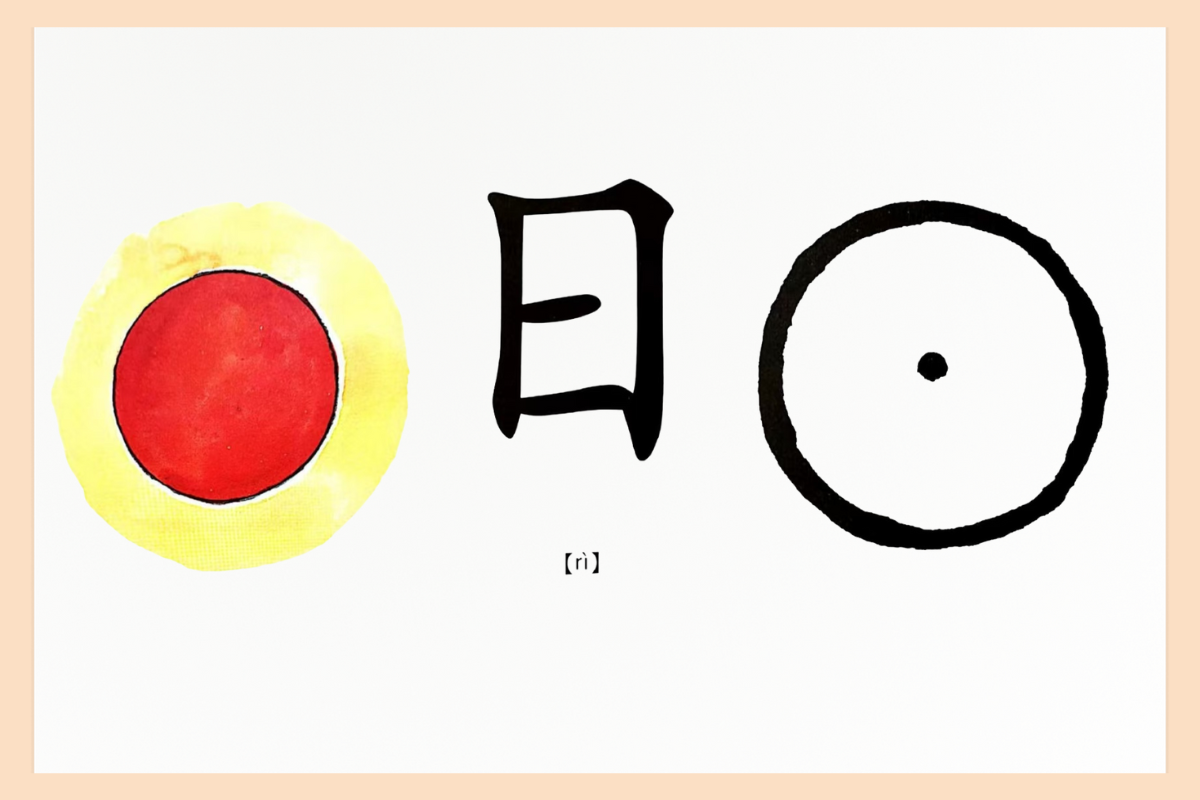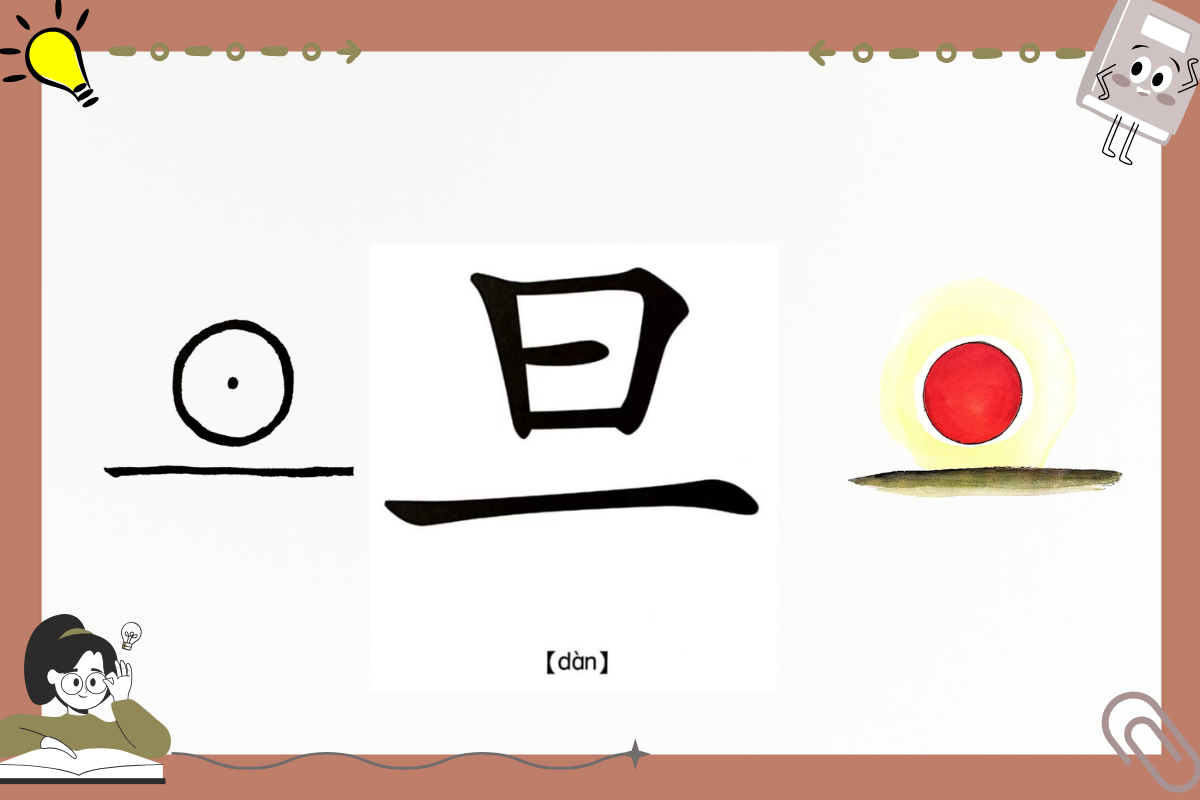Hanzi Alive!(2)
Chinese characters are a form of artistic representation of time, each stroke holding ancient wisdom. Today, let's begin with the story of the sun - getting to know "日" (rì), "旦" (dàn), and "早" (zǎo). These characters are like a code, unlocking the poetic understanding of morning light and time for the Chinese people.
"日"(rì)
Explanation:
- "日" (rì), which means "sun" or "day," is a pictograph. In ancient times, it was depicted as "O". Some believe that the dot in the middle represents sunspots.
Example Sentences:
- Today the sunlight is very abundant at noon.
今天中午日光很足。
Jīn tiān zhōng wǔ rì guāng hěn zú. - She works tirelessly day after day.
她日复一日地劳作。
Tā rì fù yí rì de láo zuò. - The sun and moon always alternate appearing.
日月总是交替出现。
Rì yuè zǒng shì jiāo tì chū xiàn.
Find and circle the "日" in the image:
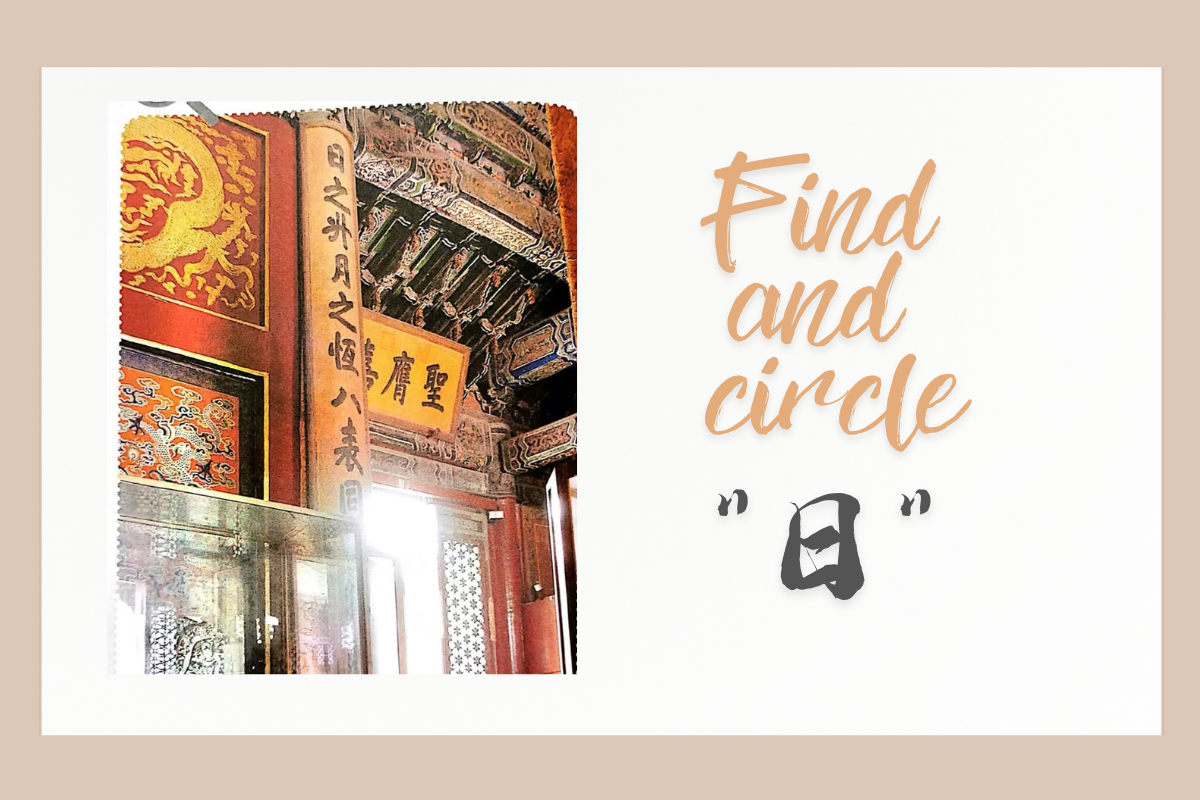
"旦"(dàn)
Explanation:
- When the sun rises above the horizon, it forms "旦" (dàn), meaning "dawn."
Example Sentences:
- Happy New Year!
元旦快乐!
Yuán dàn kuài lè! - Once he starts doing homework, he becomes impatient.
他一旦开始写作业,就会不耐烦。
Tā yí dàn kāi shǐ xiě zuò yè, jiù huì bù nài fán.
Find and circle the "旦" in the image:
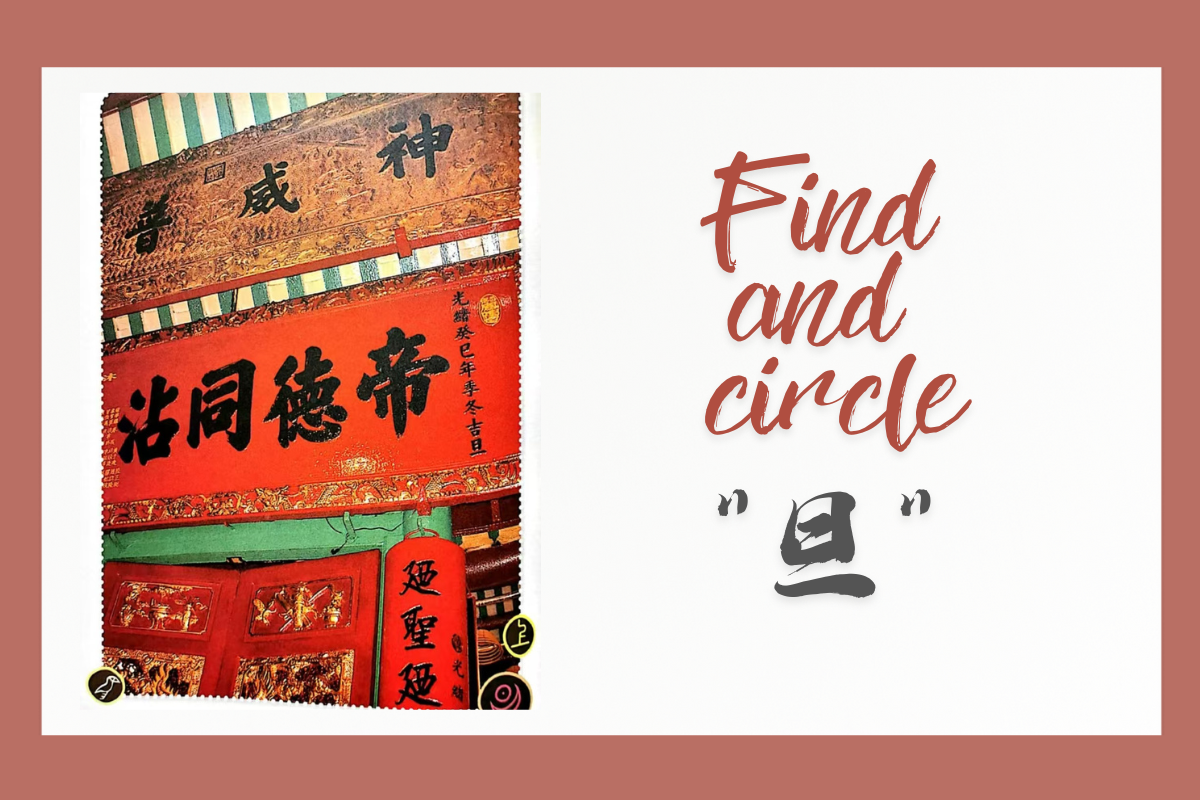
"早"(zǎo)
Explanation:
- "早" (zǎo) is used by Chinese people to greet each other in the morning, meaning "good morning." The character "早" depicts the sun just rising from the grass. "早" can also be used as a modifier meaning "in advance" or "preceding period of time" in expressions such as "早起早睡" (early rise, early sleep), "早期" (early period), and "早年" (early years).
Example Sentences:
- Early to bed, early to rise makes a man healthy!
早睡早起才能身体好!
Zǎo shuì zǎo qǐ cái néng shēn tǐ hǎo! - I have her early articles.
我有她早期的文章。
Wǒ yǒu tā zǎoqí de wén zhāng. - In the early years, he always helped others.
早年间,他总是爱帮别人。
Zǎo nián jiān, tā zǒng shì ài bāng bié rén.
Find and circle the "早" in the image:
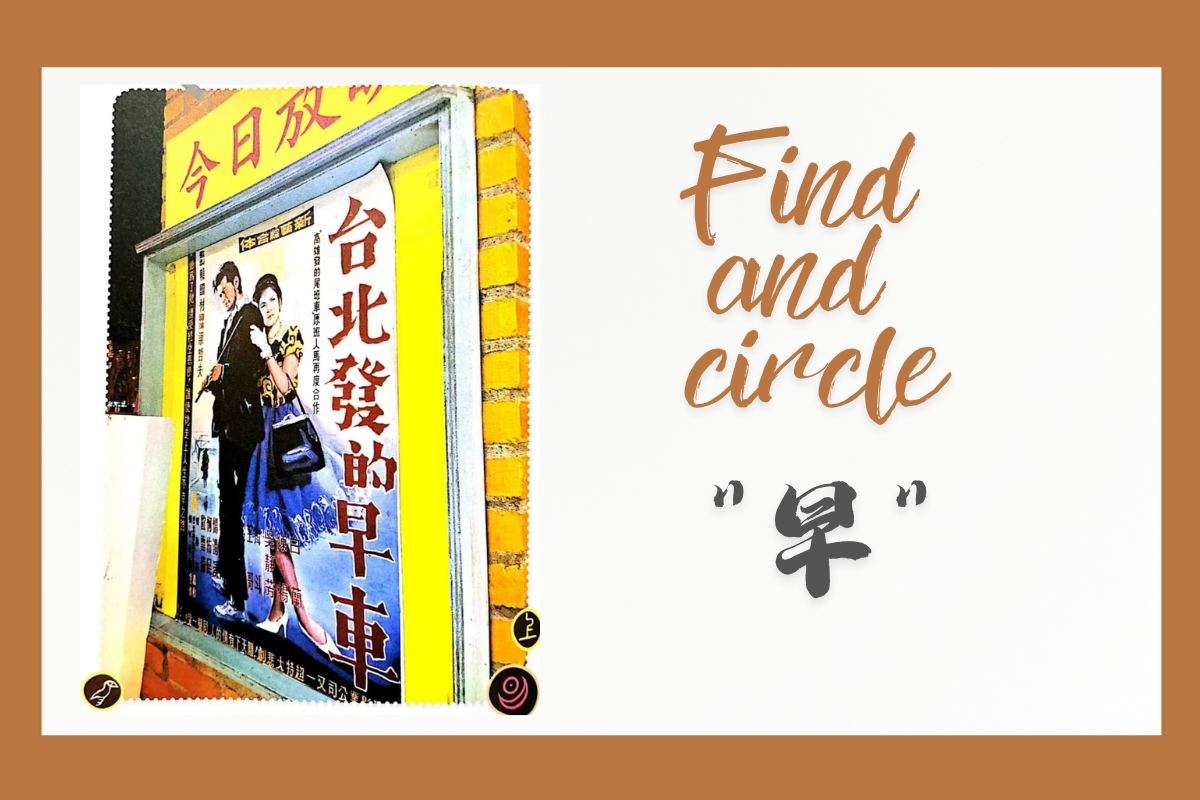
The next time you see the sunrise, you might think of "日" as the eternal sun, "旦" as the new birth on the horizon, and "早" as the morning light held in your hands. Chinese characters teach us not just to write but to touch the essence of time with our eyes.
